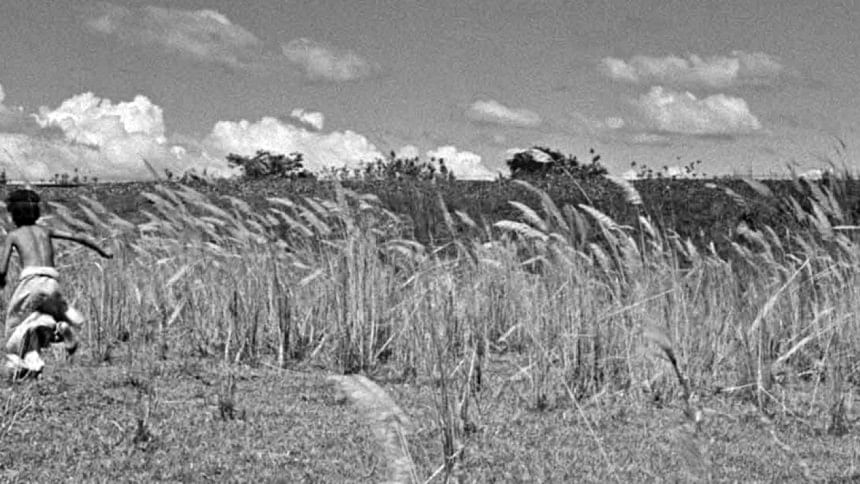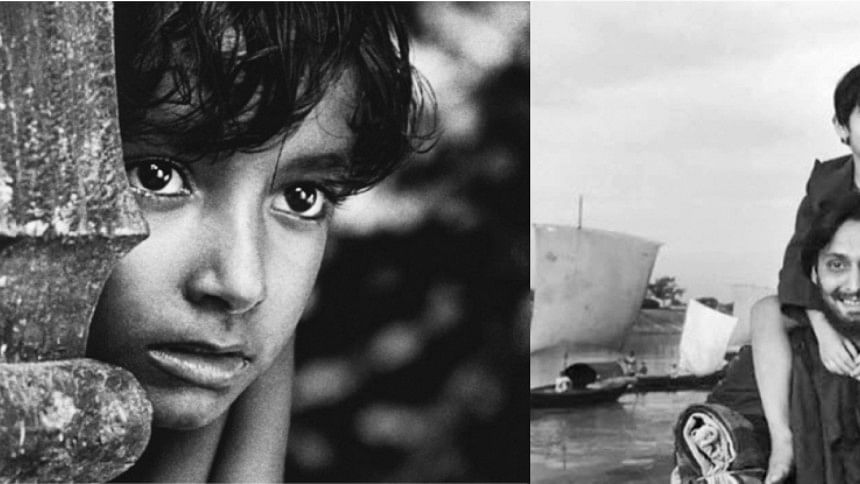Restoration of Apu's Trilogy

Famous director Akira Kurosawa once said, “To live without seeing the films of the Indian director Satyajit Ray, means existing in the world without seeing the sun or the moon”. In 1955, Satyajit Ray debuted as a director with his adaptation of the Bibhutibhushan Bandyopadhyay's eminent novel 'Pather Panchali' which is the same name as Ray's film. After the release and enormous success of Pather Panchali, Ray as a sequel to Apu's voyage directed Aparajito and Apur Sansar. Together, the three films made a series called the 'Apu Trilogy'.
On May 3, 1955 with help of curator Monroe Wheeler, the film had its world premiere at the Museum of Modern Art, New York. The first premier back in 1955 was without subtitles as Ray couldn't add it in on time. The film still was a gangbuster which led to a showing at Cannes, where Ray won an award for Best Human Document, and it was the first Indian film to make a major impact on the art house circuit.
In 2015, Pather Panchali celebrated its 60 years of release. To celebrate its anniversary, JANUS Film collaborating with Criterion Collection as a tribute to Satyajit Ray restored the film and released the trilogy in 4k resolution on May 4, 2015, in the same Modern Art Museum.
Yet this was much more than a typical re-mastering.

Much like the life of Ray's protagonist, the restoration process had its own ups and downs. For decades a lot of Ray's work was mostly seen on clumsy prints. After he was given an honorary lifetime achievement award at the 1992 Oscars, a decision was made to restore the films. The negatives were sent to a lab in London, but soon tragedy occurred. A fire caused all the original negatives to burn and the trilogy left to nothing but chunks of charred film. There never was a decent version of the films let alone Blue- Ray. But then, Peter Becker, CEO of the Criterion Collection, said in the documentary regarding the restoration, “Sometimes not throwing something away is the most heroic thing you can do.”
In the past, this was truly impossible to do. But now technology has advanced enough to restore the film and give it a whole new dimension. The films were in very poor condition and would crumble in the can if shaken too hard. Like Apu's search for a job in Apur Sansar, the initial approach towards the restoration was a complete disappointment. A lot of film labs rejected this project as nobody wanted to risk being the ones to destroy this masterpiece. Finally one lab in Bologna, Italy, agreed to take a chance on the burnt negatives.

Months and months of dedication and hard work were put to the process. From cutting frame by frame from the damaged negatives, everything was done by hand. A lot of scratches and spots caused by the plastic and the fire had to be removed for the 4k conversion.
As a result of the hard work put in by Janus and Criterion Collection, we received the ultimate experience of the films, the way Ray wanted to portray them. The shot of Apu and Durga where they encounter a train for the first time beside the Kans Grass (kaash phool) fields is considered one of the most vital shots in the history of cinema. This frame alone can show how Ray put in every thought towards his visual detail.
The restoration did exact justice to shots like this and now the audience can appreciate it even better. It is said that this restoration takes Stayajit Ray's Apu Trilogy to a whole new visual experience. Every detail is now shown and can give one the proper Ray experience.

 For all latest news, follow The Daily Star's Google News channel.
For all latest news, follow The Daily Star's Google News channel. 



Comments